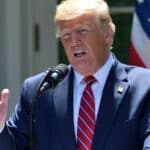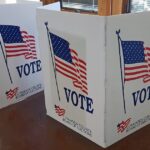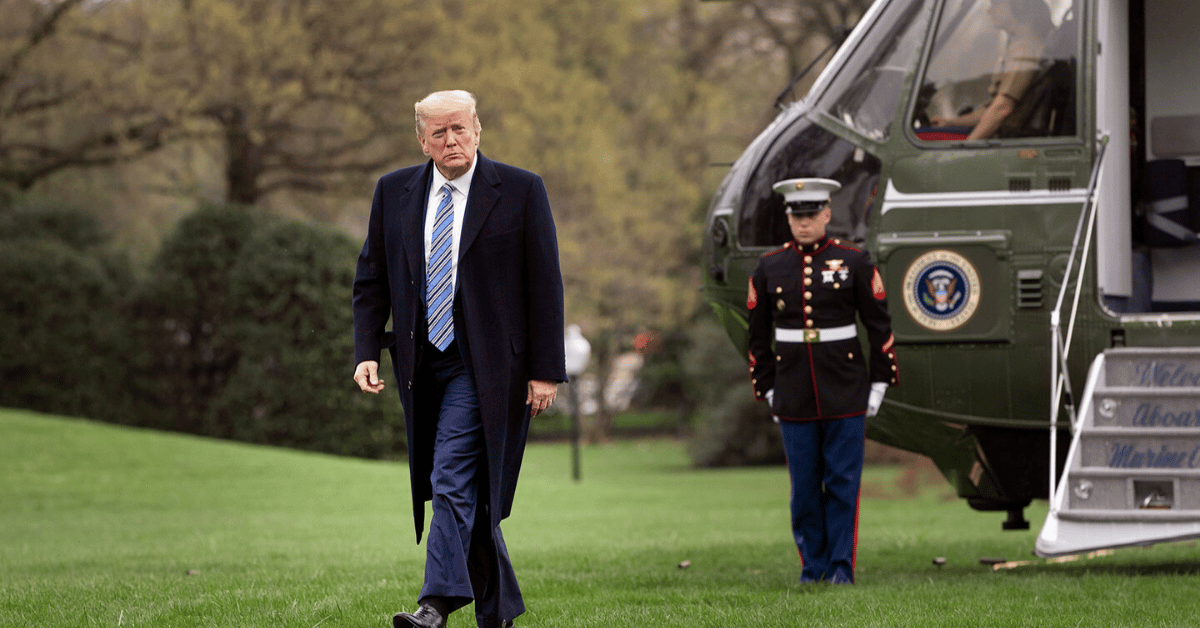
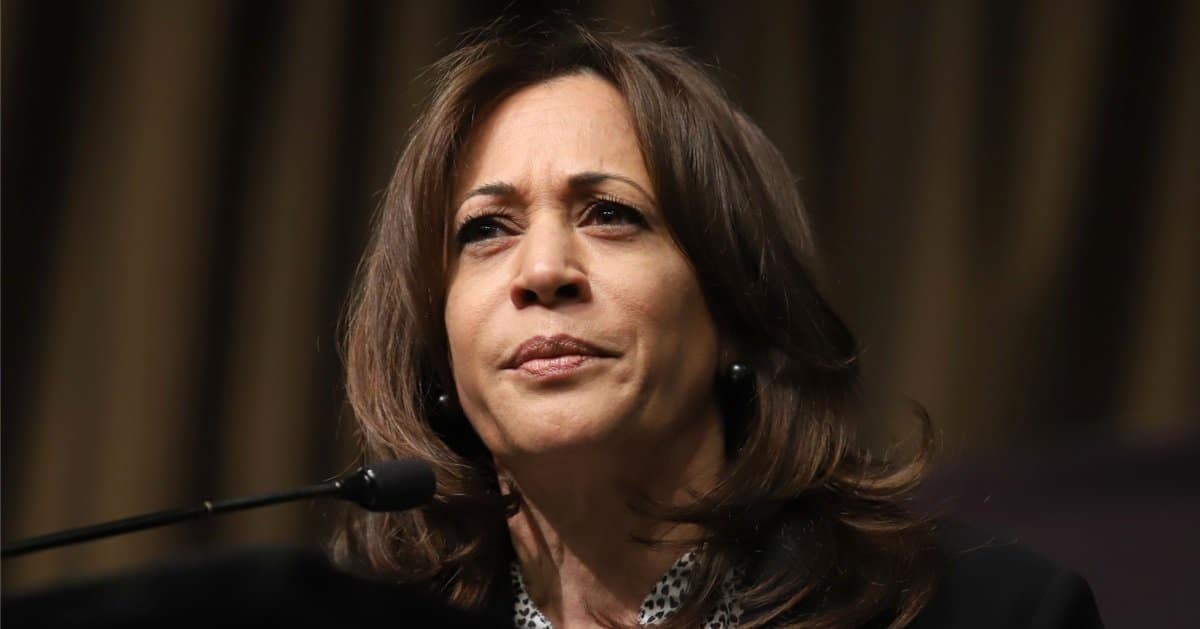
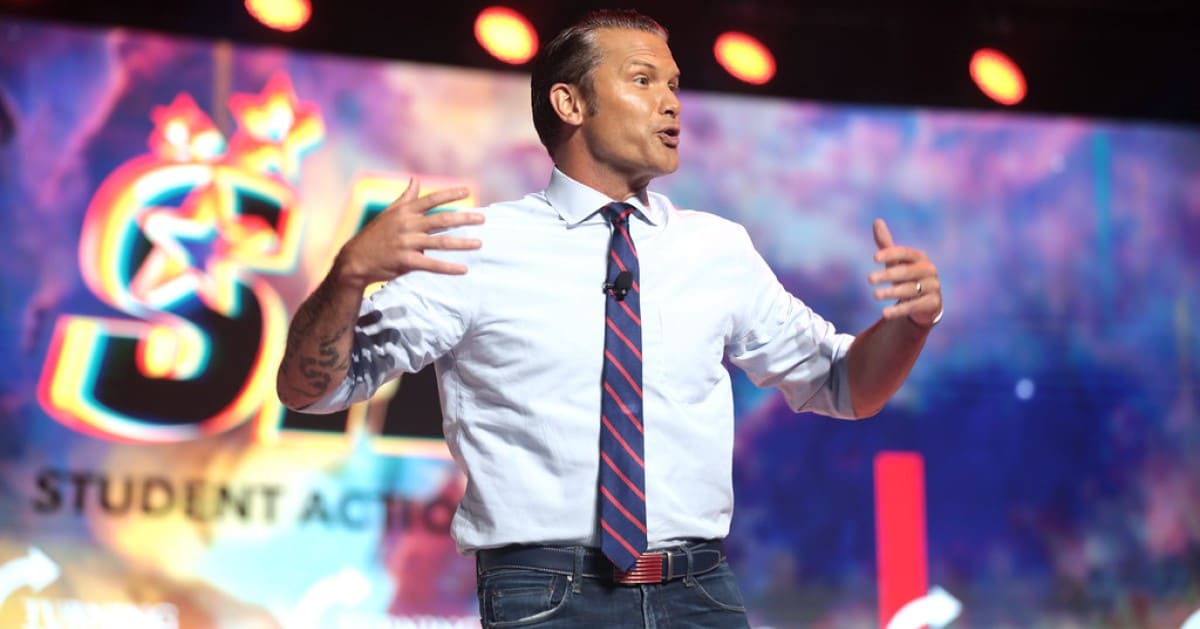
Imagine strolling past the historic Windsor Castle late at night, only to see massive images of President Donald Trump and the notorious Jeffrey Epstein glaring down at you from the ancient walls.
Breitbart reported that this audacious display, which unfolded just before Trump’s historic second state visit to the UK, has sparked outrage and swift action from authorities, resulting in the arrest of four individuals.
Let’s rewind to late Tuesday night, when the iconic Windsor Castle—symbol of British heritage—was turned into a canvas for a provocative projection featuring Trump alongside Epstein, a convicted pedophile whose name remains synonymous with scandal.
Thames Valley Police moved quickly to halt the display, showing that even sacred landmarks aren’t off-limits to today’s culture warriors. It’s a stark reminder of how far some will go to make a political point, even if it means defacing history.
By the end of the night, four suspects were in custody, nabbed on suspicion of malicious communications—a charge that suggests this wasn’t just a prank but a calculated jab.
The group includes a 60-year-old from East Sussex, two Londoners aged 36 and 50, and a 37-year-old from Kent, proving that age and geography don’t limit those willing to push boundaries. While the left might call this “activism,” many conservatives see it as a cheap shot at a president already under constant scrutiny.
Timing couldn’t have been worse—or more deliberate—with Trump arriving in London that same night for his unprecedented second state visit, a distinction no other U.S. president has achieved. After landing, he settled into the U.S. ambassador’s residence in the capital, likely unaware of the visual ambush awaiting just miles away.
Trump’s first state visit back in 2019 set the stage for this encore, and his earlier meeting with the late Queen Elizabeth II at Windsor Castle in 2018 cemented his ties to the royal family.
Now, as he embarks on this latest trip, which began on September 16, the castle once again plays host to both pageantry and controversy. It’s almost poetic—history repeating itself, but with a modern, digital twist.
The itinerary for Trump’s visit reads like a royal checklist: a meeting with King Charles at Windsor Castle on Wednesday, the first full day of engagements, followed by lunch with members of the Royal Family.
There’s also a poignant stop at the tomb of Queen Elizabeth II, a gesture of respect that contrasts sharply with the night’s earlier antics. For a president who’s weathered endless criticism, this mix of reverence and ridicule must feel like par for the course.
Adding to the pomp, Trump and First Lady Melania are set to address a traditional state banquet at Windsor Castle, a hallmark of such visits. Yet, one can’t help but think the shadow of those projections looms over every toast and speech. Will the banquet hall buzz with whispers of the stunt, or will decorum prevail?
Thames Valley Police, for their part, aren’t letting this slide, with an active investigation underway to uncover the motives and logistics behind the display.
It’s reassuring to see law enforcement taking this seriously, as public spaces shouldn’t be battlegrounds for personal vendettas or political theater. Conservatives might argue this is yet another example of the progressive agenda overstepping, using shock tactics instead of substantive debate.
While no official statements from the suspects or organizers have surfaced, the silence itself speaks volumes—perhaps a calculated move to let the images do the talking.
Without direct quotes to dissect, as none were provided in the initial reports, we’re left to ponder the intent behind linking Trump with Epstein in such a public, provocative manner. It’s a low blow, even by the standards of today’s hyper-polarized climate.
Let’s not forget the broader context: Trump’s second state visit is a rare honor, a nod to his administration’s relationship with the UK, regardless of what detractors project—literally—onto castle walls.
Critics might see this as an opportunity to dredge up old controversies, but supporters will likely view it as a desperate attempt to tarnish a moment of diplomatic significance. The question remains: does this stunt resonate with the public, or does it just alienate?
From a conservative lens, this incident reeks of the kind of performative outrage that’s become all too common in the anti-Trump playbook. Smearing a sitting president with guilt-by-association visuals isn’t dialogue—it’s a digital tantrum, and one that disrespects not just Trump but the sanctity of Windsor Castle itself.
As the visit progresses, Trump’s schedule remains packed with ceremonial duties, a stark contrast to the underhanded tactics of Tuesday night.
Supporters will likely rally around him, seeing this as yet another unfair attack on a leader who’s consistently defied the odds. Meanwhile, opponents might cheer the projection as “speaking truth to power,” though one wonders if they’d tolerate similar stunts against their own icons.
